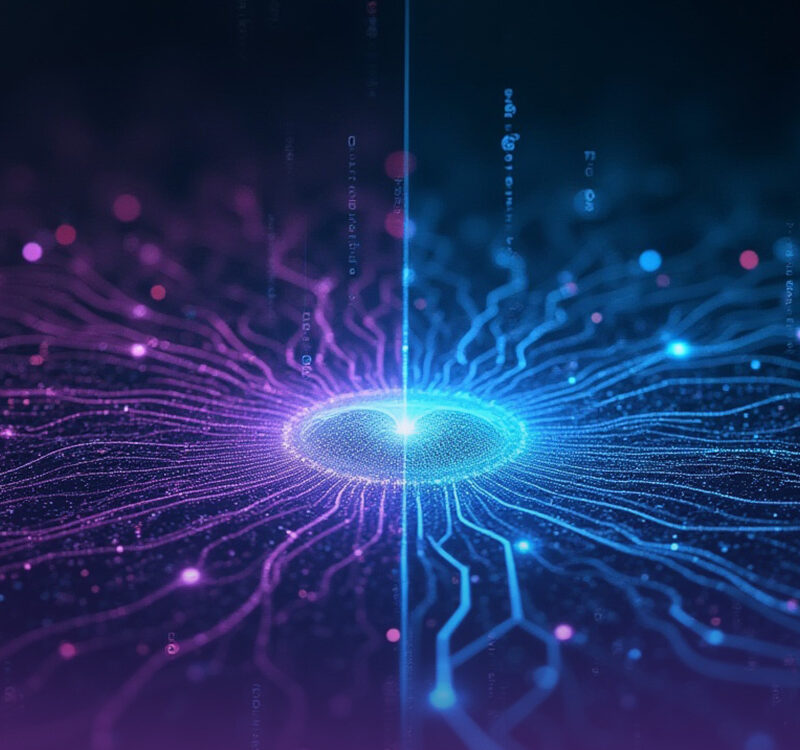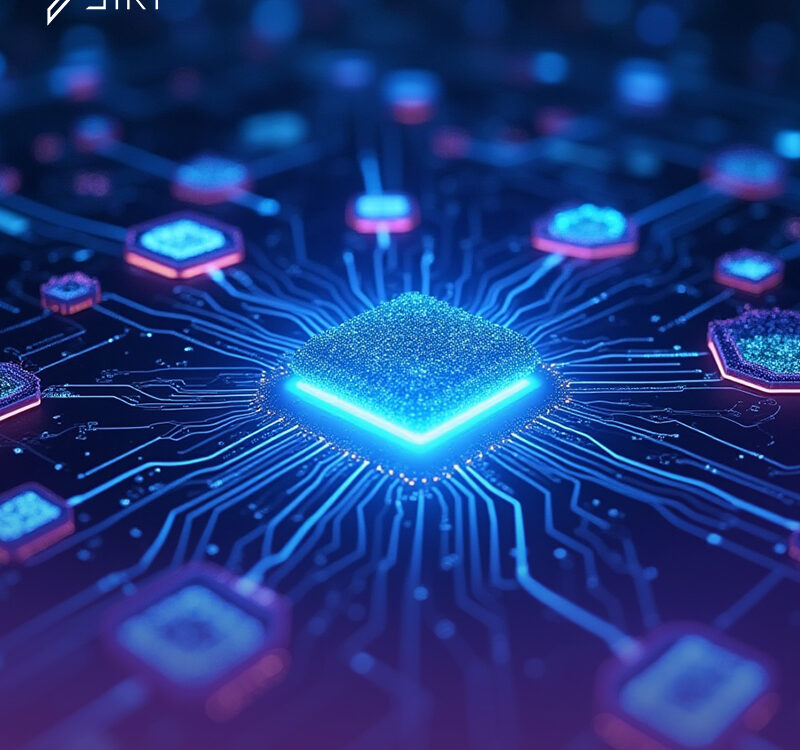
6 Key Reasons: Why AI SOC Analysts Are a Better Bet Than Human L1s
July 7, 2025
Meet the World’s First Self-Evolving SOC Architecture
July 15, 2025
6 Key Reasons: Why AI SOC Analysts Are a Better Bet Than Human L1s
July 7, 2025
Meet the World’s First Self-Evolving SOC Architecture
July 15, 2025Manual triage is the Achilles’ heel of modern SOCs. Most alerts don’t need an analyst - they need intelligent filtering, fast context, and just enough memory to make an informed decision. That’s where SIRP’s Triage Agents come in.
Built on SIRP’s AI-native platform, these modular agents operate within a self-orchestrating mesh that ingests raw alerts and outputs enriched, prioritized, and summarized security events - all without human touch.
This post dives into how these agents work, how they evolve, and why their architecture outpaces traditional SOAR triage by orders of magnitude.
What Triage Actually Looks Like in a Self-Evolving System
Let’s break down the key functions your Triage Mesh handles - not in marketing terms, but in system operations:
1. Deduplicator Agent
Clusters semantically identical alerts - even if fields differ slightly.
- Compares source, timestamps, asset fingerprints, and behavioral indicators.
- Leverages similarity search across alert embeddings (via Qdrant or equivalent).
- Uses temporal clustering to collapse alert storms into singular events.
Example: 300 failed login attempts from different IPs collapse into a single correlated brute force incident.
2. NoiseFilter Agent
Suppresses low-confidence, routine, or previously-ignored alert patterns.
- Trained using historical analyst suppressions and feedback loops.
- Can integrate RAG to ask: “Have we seen this before? Did we care?”
- Uses learned suppression thresholds dynamically - different for each environment.
3. S3 Agent (Signal Scoring System)
Scores alerts based on multi-dimensional context: severity, asset criticality, threat actor presence, historical patterns.
- Combines raw alert metadata with organizational context via RAG.
- Uses the OmniSec LLM to interpret loosely-structured fields like attack narratives, toolmarks, or vendor notes.
- Final score drives auto-prioritization and determines auto-escalation eligibility.
Why not static scoring rules? Because a “medium” severity alert on a crown-jewel server at 2am is not medium.
4. Alert Classifier Agent
Categorizes alerts into standardized types (e.g., phishing, malware, insider threat) and assigns severity + priority.
- LLM-powered classification with post-hoc explainability.
- Combines MITRE mapping, payload pattern matching, and behavioral tags.
- Context-aware: “Malware on a jump server” ≠ “Malware on a test VM.”
5. Context Link Agent
Pulls in surrounding telemetry to add color before enrichment.
- Integrates with identity platforms (AAD, Okta), EDR, network logs, and previous incident trails.
- Applies RAG to stitch together relevant past alerts/incidents tied to the same user, device, or tactic.
- Builds a contextual envelope around the alert.
6. Alert Summarizer Agent
Converts machine output into analyst- and exec-ready narrative.
- OmniSec LLM generates multiple layers of output: technical (for the SOC), narrative (for execs), and action summary (for SOAR).
- Includes “reason for score”, “why it matters”, and “what’s next” sections.
Why use a security LLM? Because summarizing a phishing header or obfuscated JS file requires domain knowledge - not just NLP.
Why This Architecture Works (When SOAR Doesn’t)
This isn’t just automation - it’s intelligence by design. Each agent is:
- Stateless and modular - You can run them in parallel, on demand, or as fallbacks.
- LLM-native - All critical reasoning is done through OmniSec, a security-tuned model.
- RAG-augmented - Instead of static memory, each agent taps into a vector database populated with:
- Past incidents and resolutions
- Known threat actor profiles
- Environment-specific baselines (users, assets, behaviors)
This means the system learns from your SOC - not just the internet.
How RAG Powers Contextual Reasoning in Triage
Let’s say an alert arrives from CrowdStrike about ps1 execution on a sensitive host. The triage process looks like this:
- Deduplicator Agent checks if this matches other active alerts - embedding similarity search reveals a matching alert 6 mins ago from the same subnet.
- ContextLink Agent uses RAG to retrieve:
- Login history for the user
- Recent password resets
- Known adversary tradecraft matching PowerShell abuse
- S3 Agent scores it:
- High asset sensitivity
- Off-hours access
Known bad behavior tree
→ Final score: 92 (Critical)
- AlertSummarizer Agent produces:
- “PowerShell execution on crown-jewel server after hours by finance user. Matches recent Redline activity. Analyst review required.”
This is triage - not playbooks. And it adapts every time your environment changes.
Why This Isn’t Just LLM Hype
Anyone can throw a GPT wrapper on alert data. What makes this work:
- Tightly scoped agents. Each does one thing. Well.
- Trained security LLM (OmniSec) - understands MITRE, CVEs, headers, sandbox trees, and SOPs.
- Live, private context through RAG - your agent reasons with your environment, not a generic training corpus.
- Self-reinforcement through OmniFlex - every analyst action is a learning opportunity.
TL;DR: What You Get with SIRP’s Triage Mesh
- No more alert queues
- No more 500-low-severity-phishing duplicates
- Real prioritization based on real risk
- A team of AI agents that learn how your SOC works - and triage faster than any human could




